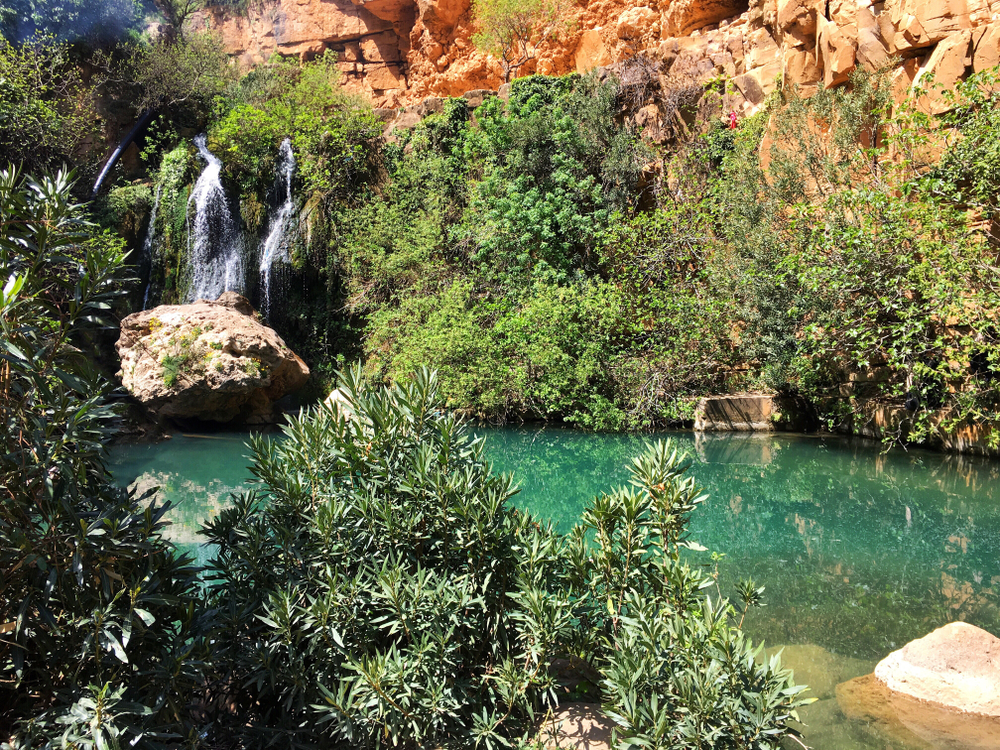Tlemcen Overview
Tlemcen National Park, located in the northwestern part of Algeria near the historic city of Tlemcen, is a richly diverse protected area that offers a perfect blend of natural beauty and cultural heritage. Established in 1993, the park covers an area of 32 square miles (82 square kilometers) and is known for its stunning landscapes, biodiversity, and historical sites. Nestled within the Tell Atlas mountains, Tlemcen National Park boasts a wide variety of geographical features, including rolling hills, dense forests, cliffs, caves, and waterfalls, making it a popular destination for both nature lovers and adventure seekers.
One of the park’s most iconic features is the Lalla Setti Plateau, which offers visitors breathtaking panoramic views of the city of Tlemcen and the surrounding mountains. The El-Ourit Waterfalls, a series of cascades flowing through a forested area, are another highlight, especially after the rainy season when the water flow is at its peak. Visitors can enjoy the tranquility and beauty of this natural wonder, with ample opportunities for hiking and photography.
For those interested in exploration, the Beni Add Caves are a must-see attraction. These expansive limestone caves feature intricate rock formations and stalactites, providing an exciting underground adventure for those intrigued by geology. This is a unique experience compared to the anticipated desert and arid mountain experiences found throughout Algeria.
The park is also home to a wide range of wildlife, including jackals, wild boars, and various bird species such as eagles and vultures. Its forests, rich in Aleppo pines and oak trees, support a thriving ecosystem, making the park an important area for conservation efforts.
Tlemcen National Park also holds significant historical value, with ancient ruins and monuments from the Berber and Moorish eras. The fusion of natural landscapes and cultural landmarks creates a unique destination where visitors can immerse themselves in both the natural and historical richness of the region.













































































